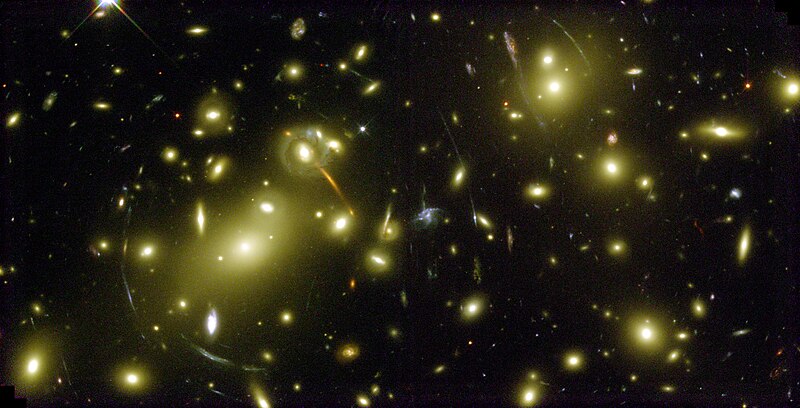
Size of this preview: 800 × 408 pixels. Other resolutions: 320 × 163 pixels | 640 × 327 pixels | 1,024 × 523 pixels | 1,280 × 653 pixels | 3,109 × 1,587 pixels.
Original file (3,109 × 1,587 pixels, file size: 8.26 MB, MIME type: image/jpeg)
File history
Click on a date/time to view the file as it appeared at that time.
| Date/Time | Thumbnail | Dimensions | User | Comment | |
|---|---|---|---|---|---|
| current | 07:29, 28 March 2009 |  | 3,109 × 1,587 (8.26 MB) | Syrcro | {{Information |Description=Title: A Cosmic Magnifying Glass <br /> Reference Numbers * Center: HSTI * Center Number: PR00-08 * GRIN DataBase Number: GPN-2000-000886 <br />Scanning the heavens for the first time since the successful December 1999 servicin |
File usage
The following pages on the English Wikipedia use this file (pages on other projects are not listed):
Global file usage
The following other wikis use this file:
- Usage on de.wikipedia.org

